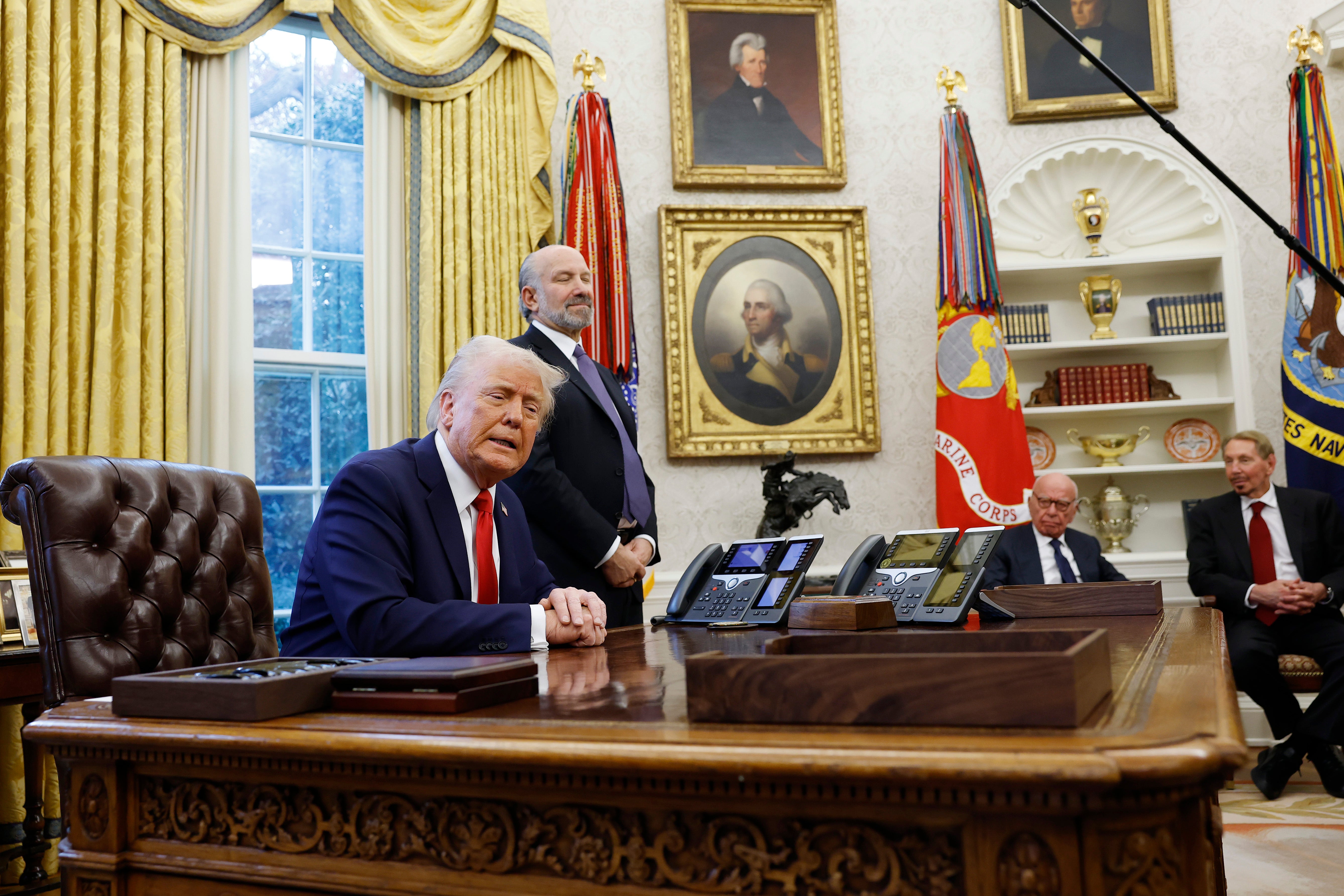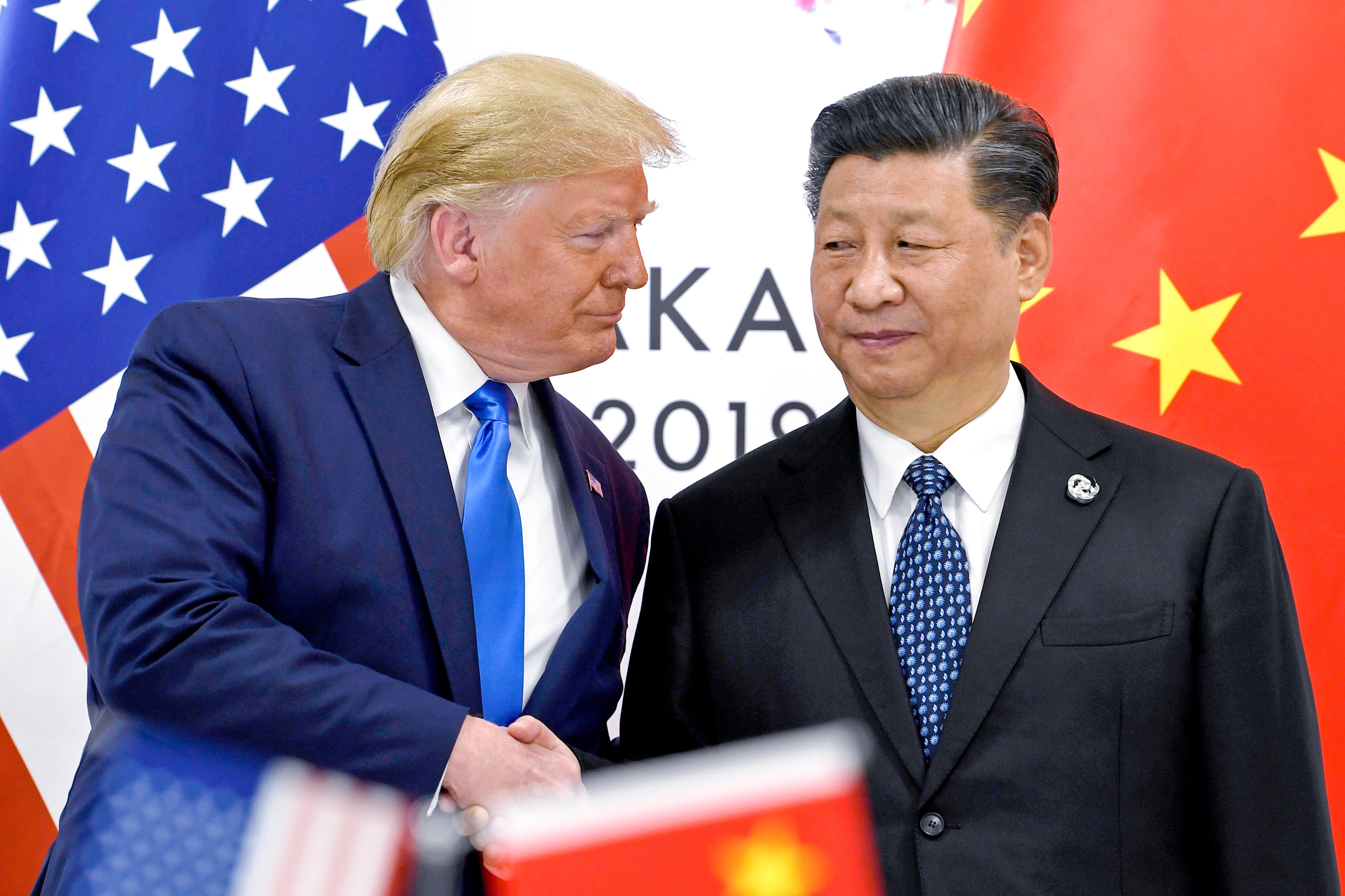President Donald Trump announced tariffs on the U.S.’s three largest trading partners — while two countries have made agreements with Trump, the third imposed retaliatory levies.
Trump signed an executive order imposing hefty tariffs on Mexico, Canada, and China. After talking to the leaders of Mexico and Canada, he agreed to suspend the tariffs for 30 days. China is a different story.
China’s foreign ministry announced Tuesday it would impose 15 percent tariffs on coal and liquefied natural gas and 10 percent tariffs on oil, agricultural equipment and large-engine cars imported from the U.S. starting February 10.
China retaliated after Trump’s 10 percent tariffs on the country went into effect Tuesday morning.

Here’s how China’s new tariffs could impact U.S. consumers.
China’s retaliatory tariffs are carefully calculated and may not largely impact the U.S. economy yet — but China may just be getting started, experts warned.
“As far as I can see so far, it’s a relatively limited response, affecting no more than 30 percent of U.S. exports to China,” Bert Hofman, a former World Bank official, told the New York Times. “They’re probably trying to keep their powder dry, because this could still be only the first step from the Trump administration.”
China’s tariffs are “largely symbolic, Tianchen Xu, an economist at the Economist Intelligence Unit in Beijing told NBC News. These levies apply to only 8.5 percent of all Chinese imports from the U.S. last year, Xu said.
For example, China’s tariffs on liquefied natural gas and oil imported from the U.S. may not have too much of an effect in the U.S.
The U.S. exported 173,247 million cubic feet of liquefied natural gas to China in 2023, making up just 2.3 percent of its total natural gas exports that year, according to the U.S. Energy Information Administration.

Similarly, the new levies aren’t likely to take a huge hit on the car manufacturing industry, as China only imported about 700,000 cars last year, Bill Russo, the founder of the Automobility Limited consultancy in Shanghai, told the Associated Press.
But the tariffs also announced export controls on five metals: tungsten, tellurium, bismuth, indium and molybdenum-related products.
Most of these minerals are considered “critical minerals,” essential to the country’s national security, economy, renewable energy development and infrastructure, according to the U.S. Geological Survey. They are key to making smartphones, electric vehicles and solar panels.
Cellphones could also be hit by Trump’s tariffs. Smartphones, laptops and tablets are anticipated to increase in price due to the U.S.’s tariffs on China, according to the Consumer Technology Association.
Other experts predicted an unstable market in the wake of the tariffs.
"China announced an increase in tariffs on some imported goods from the United States, raising market concerns about a worsening trade war between China and the U.S.,” Kenny Ng of the Hong Kong-Based Brokerage China Everbright Securities International also told the outlet.
"In the short term, China and the U.S. will engage in consultations, and the related uncertainties may continue to trouble the market. However, as this factor gradually becomes clearer, I believe the investment market is likely to emerge from the shadow of the China-U.S. trade conflict,” Ng continued.
In short, the “tit-for-tat” tariffs are likely to harm both countries.

Both countries’ GDPs would suffer if Trump’s 10 percent tariffs were met with retaliatory tariffs from China, according to an analysis by economists at the Peterson Institute for International Economics, conducted before either tariffs were implemented. The U.S. GDP would shrink by $55 billion Trump’s second term while China’s GDP would shrink by $128 billion.
Inflation would also increase in both nations, the analysis predicted.
“A risk is that this is the beginning of a tit-for-tat trade war, which could result in lower GDP growth everywhere, higher U.S. inflation, a stronger dollar and upside pressure on U.S. interest rates,” Stephen Dover, chief market strategist and head of financial firm Franklin Templeton Institute, told the Associated Press.
Trump is planning to talk with Chinese President Xi Jinping in the coming days.







